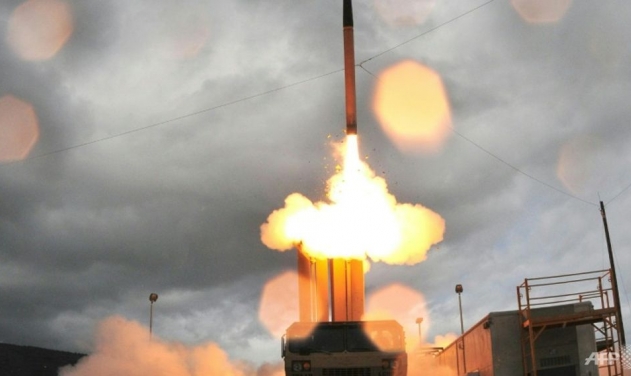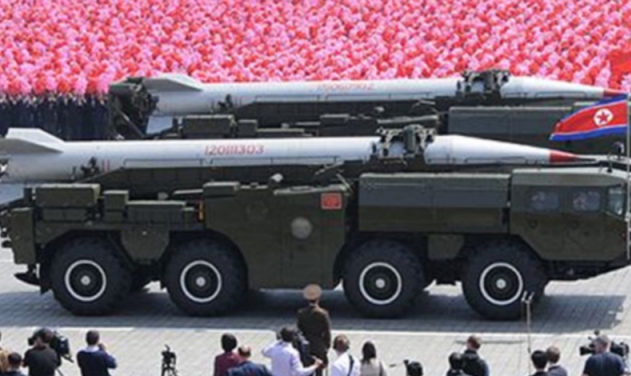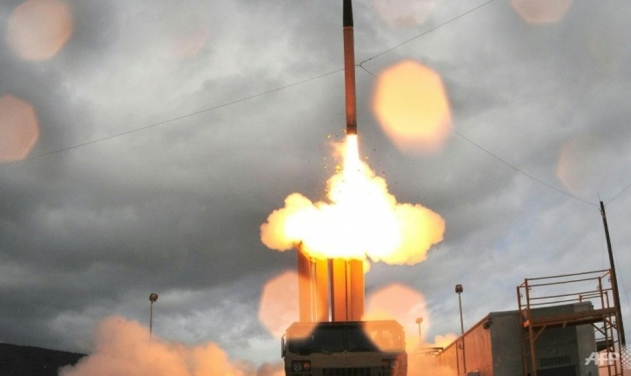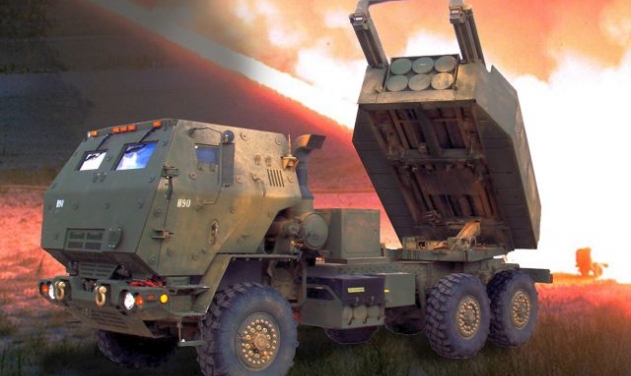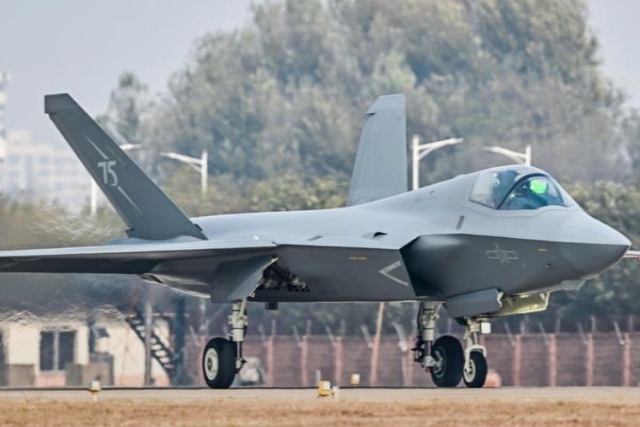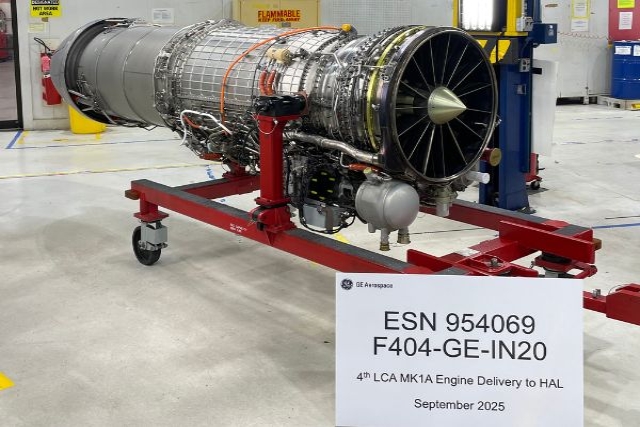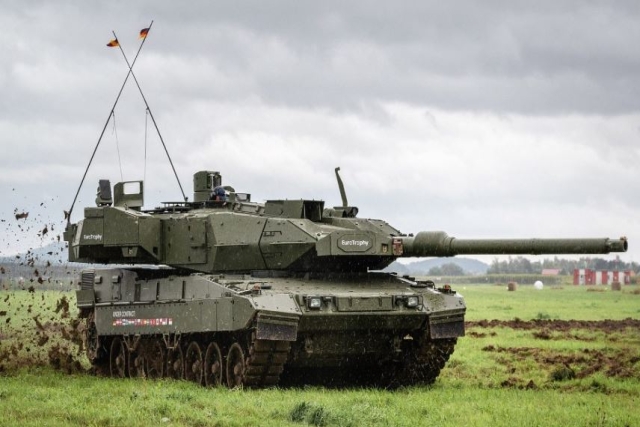Japan Likely To Buy US Thaad Missile System

Japan is considering buying the US Terminal High-Altitude Area Defense (THAAD) advanced anti-missile system to counter North Korea’s Nuclear threat.
The government plans to allocate around 200 billion yen ($2 billion) in the third supplementary budget for fiscal 2016 after the first. Usually this budget is reserved for public works projects to simulate the economy, Anadolu Agency reported Sunday.
Defense Minister Tomomi Inada is planning to make a trip soon to Guam in part to examine the THAAD system first hand. The ministry is “investigating future systems for intercepting missiles,” Inada said.
Japan would be the second country in Northeast Asia to acquire the system, after South Korea. Washington agreed to begin deploying THAAD in South Korea this July. Till now, North Korea has conducted two underground nuclear tests and fired off more than 20 ballistic missiles this year.
One of the missiles of North Korea landed in the Sea of Japan (East Sea). It is less than 200 nautical miles (370 kilometers) from the shoreline of Japan. Many have speculated that the North is moving close to developing a deliverable nuclear weapon by equipping a miniaturized nuclear warhead to a missile.
Washington deployed the THAAD system to Guam, US Island in 2013 because of the emerging threat from North Korea. Pyongyang has tested intercontinental ballistic missiles with sufficient range to potentially reach Guam. It has numerous other smaller and midsized missiles capable of hitting targets in Japan and South Korea.
Last July, South Korea agreed to deploy THAAD missile interceptors in the country, citing the threat from its neighbor. Whereas, Beijing complained that the missile defense system was aimed at Chinese missiles launched from China.
Presently, Japan has two anti-missile systems. One is the Standard Missile 3, which is carried aboard Aegis destroyers in the Japanese Maritime Self-Defense Force. It is complemented by the Patriot Advance Capability (PAC)-3 surface-to-air missile on land.
THAAD is being designed to shoot down short, medium, and intermediate ballistic missiles in their terminal phase using a hit-to-kill approach.

